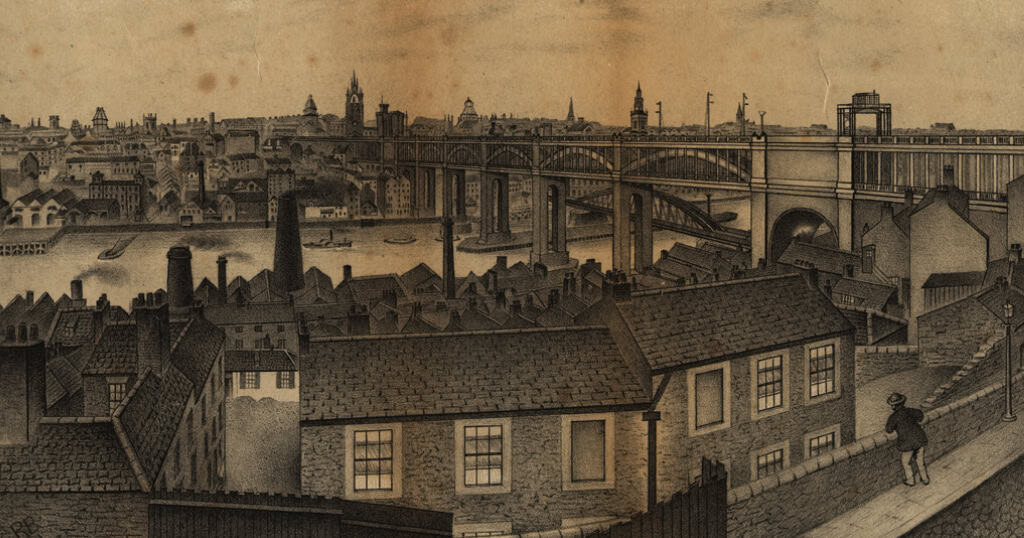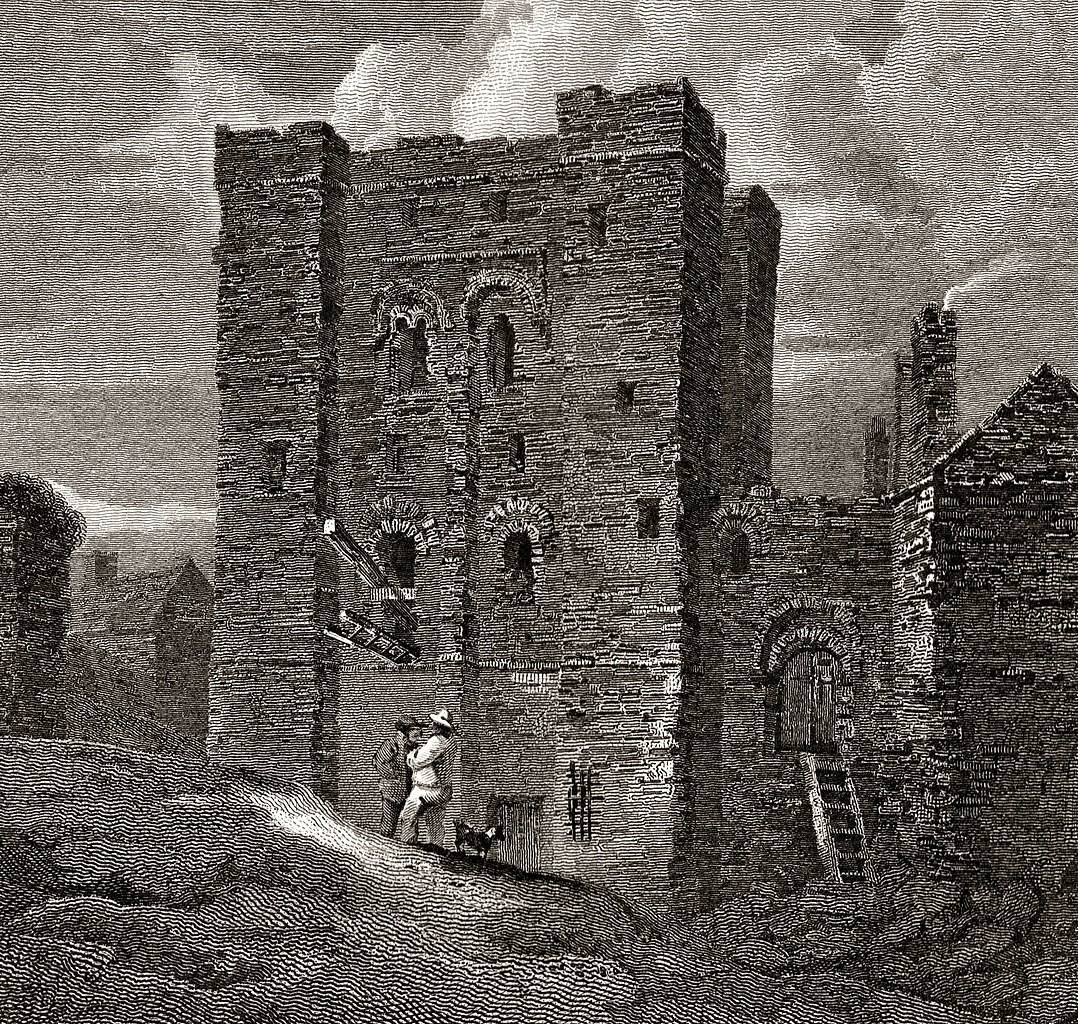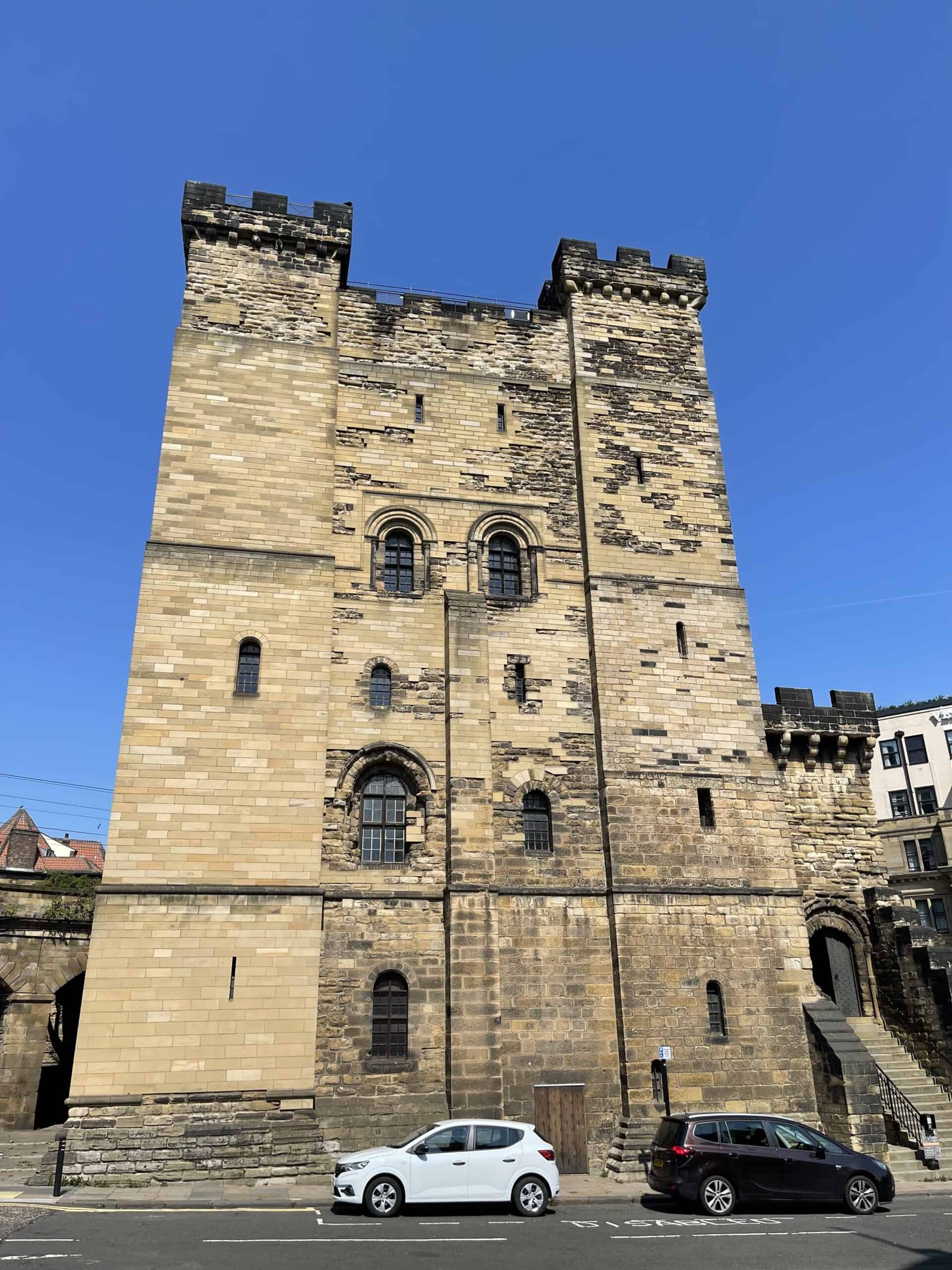Why is Newcastle called Newcastle? It’s a question that is often asked. The name seems straightforward enough, but it carries an interesting story that dates back nearly a thousand years.
To understand why Newcastle is called Newcastle, we need to look back to the 11th century, marked by the arrival of the Normans. The city’s name, derived from a prominent landmark, reflects a story of strategic military importance and subsequent growth. As we explore the historical backdrop, construction, and evolution of the ‘New Castle,’ we uncover how this fortress left a significant mark on the city’s development.
Historical background

The area known today as Newcastle upon Tyne has been inhabited for thousands of years. The Romans were among the first to leave a lasting mark, constructing a fort called Pons Aelius around AD 122, adjacent to the River Tyne. This fort was part of the defensive system of Hadrian’s Wall, which stretched across northern England.
Following the Roman withdrawal in the early 5th century, the area fell under the control of various Anglo-Saxon kingdoms. By the early Middle Ages, the region became part of the Kingdom of Northumbria. This period was marked by relative instability, with frequent conflicts and power shifts.
A significant turning point in the history of the area came in the wake of the Norman Conquest of England in 1066. William the Conqueror, seeking to consolidate his control over the newly acquired territories, initiated a series of strategic constructions across the country. The region around the River Tyne was of particular interest due to its strategic location and potential as a defensive stronghold.
This historical backdrop sets the stage for the arrival of the Normans and the subsequent construction of a ‘new castle’.
The origin of “Newcastle”
Newcastle acquired its name in 1080 when William the Conqueror’s son, Robert Curthose, built a wooden castle on the River Tyne to defend against Scottish threats. This strategic move not only fortified the area but also established the city’s identity, marking the origin of ‘Newcastle’ as we know it today.
The construction process of the castle was both ambitious and meticulous. The initial structure was a wooden motte-and-bailey design, typical of early Norman castles, featuring a keep on a raised earth mound (motte) and an enclosed courtyard (bailey).
Over time, the original wooden structure was replaced with a more durable stone castle. This new construction was significant enough to lend its name to the surrounding area, and thus, “New Castle” was born. The castle served as a military fortification but also as a symbol of Norman power and authority in the region.
The presence of the ‘New Castle’ catalysed the growth of a settlement around its walls. Merchants, craftsmen, and labourers flocked to the area, establishing a bustling community that would evolve into the thriving town of Newcastle. The castle not only provided security but also stimulated economic activity, laying the groundwork for the city’s future prosperity.
From fort to flourishing city

By the Middle Ages, Newcastle had become a vital player in England’s economy, thanks in part to its strategic location. The River Tyne offered not just defence but also a gateway for trade. The city found its wealth in exporting coal, leading to the saying “carrying coals to Newcastle” – an idiom for doing something superfluous, given Newcastle’s dominance in the coal market.
But it wasn’t just coal that put Newcastle on the map. The city’s position as a frontier fortress made it a melting pot of ideas and innovations. From the wool trade to shipbuilding, Newcastle adapted and excelled, its name synonymous with industry and ingenuity.
As centuries passed, the “New Castle” itself might have lost its original military purpose, but it left an indelible mark on the city’s fabric. Newcastle’s identity, woven from threads of resilience, innovation, and community, owes much to this Norman construction and the subsequent growth it spurred.
Evolution of the name
As mentioned earlier, the name ‘New Castle’ initially referred specifically to the newly constructed fortress built by the Normans. As the settlement around the castle grew, it became known as “New Castle upon Tyne”. The use of “upon Tyne” highlighted the town’s important geographical feature – its position along the River Tyne.
Over the centuries, the name underwent a natural evolution. By the 14th century, “New Castle upon Tyne” was commonly referred to in documents, but everyday usage began to simplify it to “Newcastle.” This shorter name was more practical for communication and better suited the town’s growing identity and prominence.
As time went on, the name “New Castle” had firmly evolved into “Newcastle.” This shift was influenced by the linguistic changes in the English language and the way locals pronounced the name.
Modern-day Newcastle

As we wander the streets of Newcastle today, we’re greeted by a blend of historic architecture and modern design. The Castle Keep, once the heart of Norman defence, now shares the skyline with contemporary landmarks like the Sage Gateshead and the iconic Millennium Bridge, symbols of the city’s cultural and technological advancement.
Newcastle has become a hub for education, with institutions like Newcastle University attracting students from all over the world. The city is also famed for its sporting spirit, with St James’ Park being a landmark for football fans. Additionally, Newcastle’s music and arts scene is globally recognised, with venues like the Sage Gateshead and the BALTIC Centre for Contemporary Art regularly showcasing world-class performances and exhibitions.
So, the next time you find yourself wandering through the city, take a moment to appreciate the layers of history around you. Newcastle’s story is reflected in every corner, from its ancient roots to its modern-day charm.
